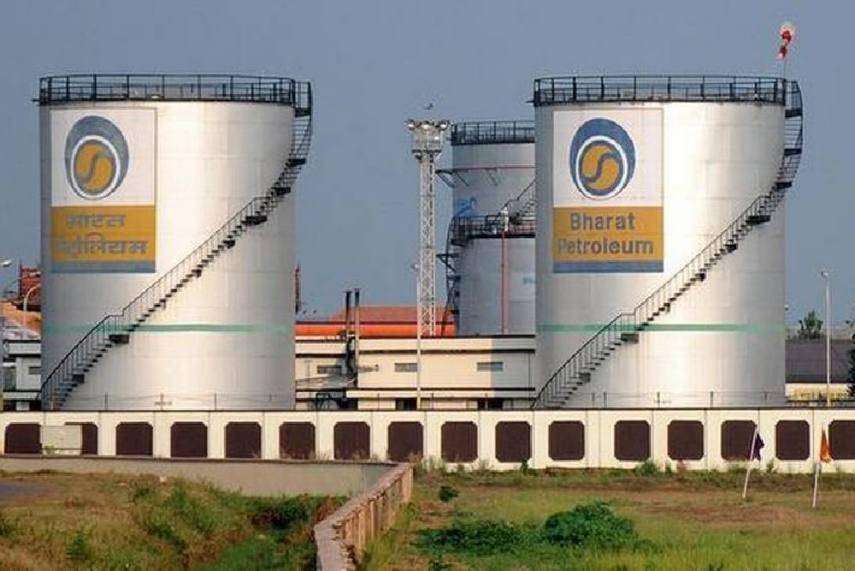The Modi Government is going to sell it to Bharat Petroleum Corporation Limited (BPCL). Due to the Covid-19 pandemic central government postponed its auction date four to five times. Government has 52.98 percent share in this company.
But why is the government selling BPCL even if it’s in profit?

According to the plan, government wants to earn rupees 2.10 lac crore. Through this money the government wants to minimize its budget money. To fulfill its dream, the government made a plan to sell companies like LIC and Air India.
But the government expected that they will get more success in selling BPCL because the track record of the company is attractive to the investors. While Air India is run in loss, BPCL is the 2nd biggest Oil Company. It has a total 17,138 petrol pump all over the country.
It yearly makes profit of Rs 8000 crore. Apart from its government also declared that company’s ownership will also go into the hands of its buyer. Indian Company Vedanta and two American firms wanted to buy.
The Narendra Modi government has listed 18 strategic industries, including banking, insurance, steel, fertilizer, petroleum and defense equipment, in a significant move towards the privatization of several state-owned corporations in its second term, which will hold only a small presence.
If fully adopted, it would indicate a complete exit from non-strategic disinvestment by the government. In its second term, the BJP led government has listed 18 strategic sectors, including banking, insurance, coal, fertilizer, petroleum and defense machinery, in a big step towards the privatization of many state-owned companies, which would only have a limited presence.
It would imply a complete exit from non-strategic disinvestment by the government if completely embraced.
The areas where government involvement is minimal in the mining and exploration segment are coal, crude oil and minerals and metals.
Likewise, in the production, refining and generation section, defense machinery, steel, petroleum (refinery and marketing), fertilizers, power generation, atomic energy and shipbuilding are fields where the government will maintain a small presence.
Coal, crude oil, and minerals and metals are the fields where government participation in the mining and exploration sector is limited.
Likewise, defense equipment, steel, petroleum (refinery and marketing), fertilizers, power generation, atomic energy and shipbuilding are areas in the production, processing and generation segment where the government will retain a limited presence.
And the areas defined in the services sector are: transmission of electricity, space, production and operation of airports, ports, highways and warehouses, and transportation and logistics of gas and petrochemicals (excluding trade of gas and petrochemicals), contract and construction and technical consulting services relevant to strategic sectors and sub-sectors, infrastructure financial services, export credit guidelines
It is predicted that the greatest fallout will be in industries such as finance, where a substantial number of state-owned banks work.
Even after last year’s merger of 10 state-owned banks into four, and the mergers in 2017 and 2018, India still has 12 state-owned banks.
If introduced in its entirety, it would mean that by privatization or strategic disinvestment the government is fully leaving non-strategic industries. There will be a limit of four in critical sectors, too.
Under the Ministry of Finance which moved a cabinet resolution last month on ‘Redefining Public Sector Involvement in Commercial Sector Enterprise’ to the Department of Investment and Public Asset Management (Dipam), 18 strategic sectors have been categorized into three large segments: mining and exploration, production, refining and generation, and the services sector.
In the fields where government involvement is minimal are coal, crude oil and gas, and minerals and metals in the mining and exploration segment.
Government sources said engagement in the private sector would infuse private money, technologies, creativity and usher in best business practices. By creating jobs, it would provide a big boost to the economy. There is tremendous demand for sectors. It can hold just as much value in the life of a company that is required to maintain control.
But the timing of the exit of the administration, including market conditions and the feasibility of the programme, will depend on a number of factors.
Government sources said that private-sector participation would infuse private capital, technology innovation and usher in best market practices. It will offer a major boost to the economy by providing jobs.
There is overwhelming demand. These companies, according to government figures, are around Rs 7 lakh crore. If adopted in its entirety, it will be the most ambitious disinvestment programmed by the government since 2000, when the government of Atal Bihari Vajpayee initiated the process of fully exiting public sector corporations.
A combination of more bank mergers and privatization are expected to Government sources said the finance ministry would report the proposal within one month of approval by the cabinet.
The real implementation would however, take much longer.
Government sources said the new policy would not extend to independent entities or trusts, regulatory bodies, refinancing agencies, many of which have been formed through Parliament Acts, such as major port trusts, India’s Airports Authority, among others. It will also not extend to undertakings in the central public sector which provide support to vulnerable groups through the financing of SCs, STs, minorities and backward classes, security printing and minting, organizations such as railways and posts undertaking development-mandated commercial operations.



